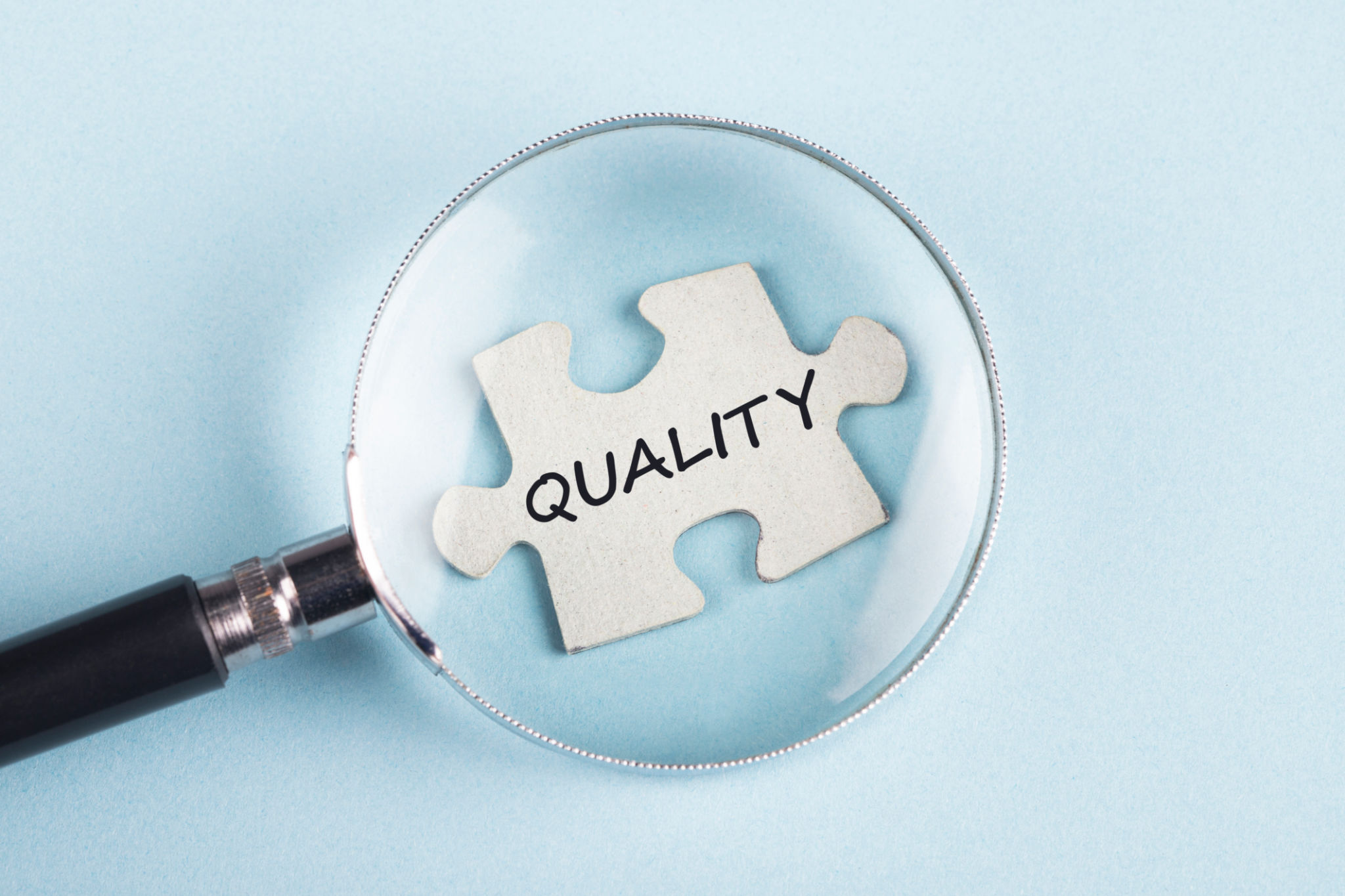Inside the World of Baby Clothing Manufacturing
The Journey from Design to Production
Delving into the world of baby clothing manufacturing reveals a fascinating journey from design to production. The process begins with conceptualizing designs that are not only adorable but also safe and practical for infants. Designers focus on selecting soft, non-toxic materials that ensure comfort and safety for delicate skin. The choice of fabric is crucial, as it must withstand frequent washing and wear while remaining gentle on a baby's skin.

Once the designs are finalized, they move into the sampling stage. Here, prototypes are created to test the fit, comfort, and durability of the garments. This stage is essential as it provides an opportunity to make necessary adjustments before mass production. Feedback from parents and industry experts often influences the final tweaks to ensure the clothing meets all expectations.
Ethical and Sustainable Practices
The baby clothing industry is increasingly embracing ethical and sustainable practices. Manufacturers are becoming more conscious of their environmental impact and are opting for organic and sustainable materials. Organic cotton, bamboo, and recycled fibers are popular choices that reduce the carbon footprint and offer a more eco-friendly alternative.
Furthermore, many companies are implementing fair labor policies to ensure that workers are treated ethically and receive fair compensation. This shift towards sustainability and ethical practices not only helps the environment but also appeals to conscientious consumers who prioritize these values in their purchasing decisions.

Quality Control and Safety Standards
Quality control is a critical aspect of baby clothing manufacturing. Manufacturers must adhere to strict safety standards and regulations to ensure that each garment is safe for infants. This includes testing for harmful substances, ensuring secure fastenings, and maintaining high standards of stitching to prevent any potential hazards.
Regular inspections and testing protocols are put in place to maintain these standards. Companies often collaborate with third-party testing agencies to verify compliance with safety regulations globally. Parents can feel reassured knowing that these measures are in place to protect their little ones.

Trends and Innovations in Baby Clothing
The world of baby clothing is continuously evolving with new trends and innovations. From gender-neutral designs to adaptive clothing for children with special needs, manufacturers are exploring diverse styles to cater to a broader audience. Technology is also playing a role, with smart fabrics being developed that can monitor a baby's temperature or heart rate.
Additionally, customizable clothing options allow parents to add personal touches, making each garment unique. This trend towards personalization has gained popularity as parents seek meaningful ways to express individuality through their children's wardrobes.
The Future of Baby Clothing Manufacturing
Looking ahead, the future of baby clothing manufacturing promises even more exciting developments. The industry is expected to continue its shift towards sustainable practices, with advancements in fabric technology leading the way. Innovations such as biodegradable materials and digital printing techniques will likely become more prevalent, offering new possibilities for creating eco-friendly and unique designs.
As consumer awareness grows, manufacturers will need to adapt by providing transparency about their production processes and material sources. This openness will help build trust with consumers who are becoming increasingly invested in the ethical considerations behind their purchases.
